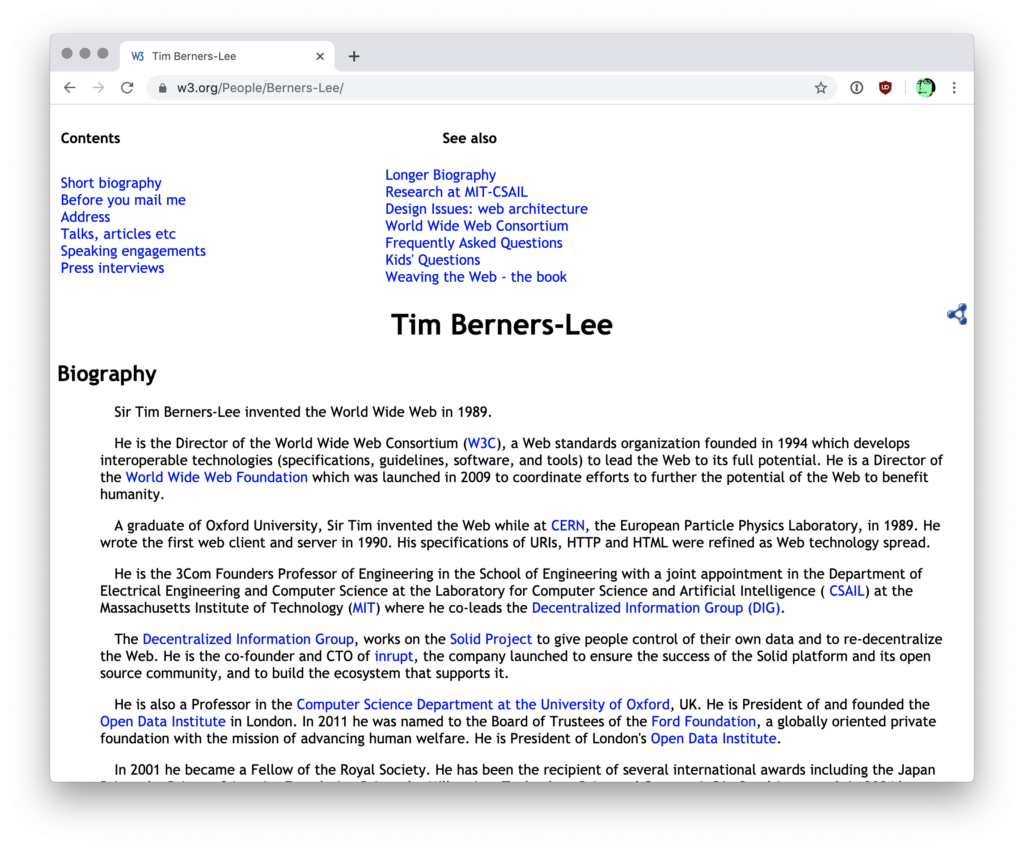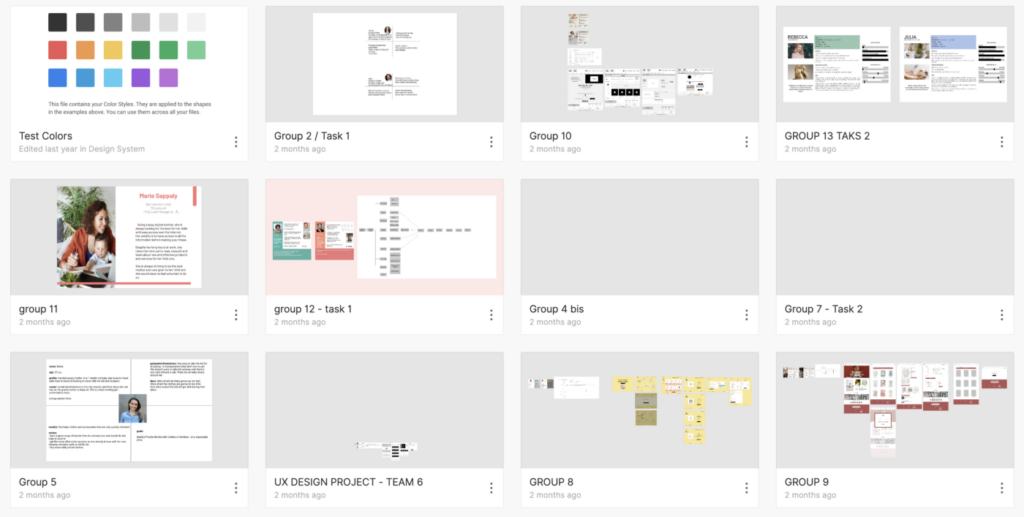An experiment carried out by John Maeda at MIT (Computational Media Design Course) in 1996. Described in his book Creative Code (p.216):
As a continuation of the collaborative coding process, we attempted an experiment to better understand visual design on the computer. In the atrium of the Media Lab, we rigged up a camera on the fourth floor pointing downward; in the lower lobby, we projected the image seen from above so that the students (as pixels) could see themselves. The idea was that each student took charge and “programmed” the pixels, whether by script or direct commands.
Maeda mentions the source of this idea:
My inspiration for this experiment was a Bauhaus story of an old Master taking his students to the gymnasium to walk on the paths of large circles to graps the form’s essence.

